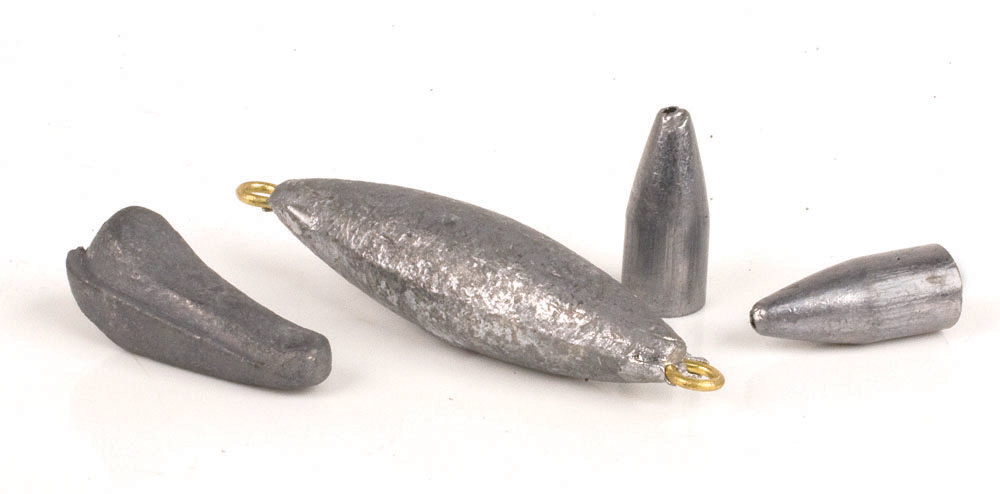EPA turns down ban on lead in fishing tackle

The U.S. Environmental Protection Agency (EPA) has denied the petition calling for a ban on the manufacture, use and processing of lead used in fishing gear.
In a letter to the petitioners, a consortium of environmental groups, the EPA indicated that the groups weren’t convincing in their contention that the requested rule is necessary to protect against an unreasonable risk of injury to health or the environment, as required by the Toxic Substances Control Act (TSCA). The EPA said that the increasing number of limitations on the use of lead fishing gear on some federal and state lands, as well as various education and outreach activities, call into question whether a national ban on lead in fishing gear would be the least burdensome, adequately protective approach to address the concern, as called for under TSCA. EPA’s letter also notes that the prevalence of non-lead alternatives is increasing and suggests a gradual move toward nontoxic components.. The fishing tackle industry had united with anglers in general in opposing the lead ban, saying it would be costly to implement now.
On Aug. 3, the American Bird Conservancy and a number of other groups petitioned EPA under Section 21 of the Toxic Substances Control Act to “prohibit the manufacture, processing, and distribution in commerce of lead for shot, bullets, and fishing sinkers.” On Aug. 27, EPA denied the portion of the petition relating to lead in ammunition because the agency does not have the legal authority to regulate ammo under TSCA.
Environmental groups have tried to ban lead from fishing weights, jigs and other tackle components before. However, the U.S. Fish and Wildlife Service has indicated in the past that, while ingesting lead fishing weights might be responsible for the deaths of some waterfowl, such fishing tackle does not pose a serious threat to wildlife populations as a whole.